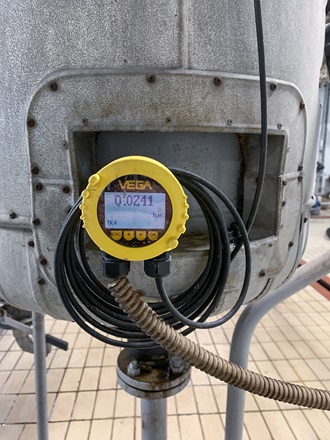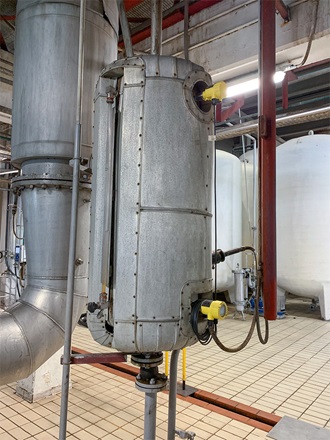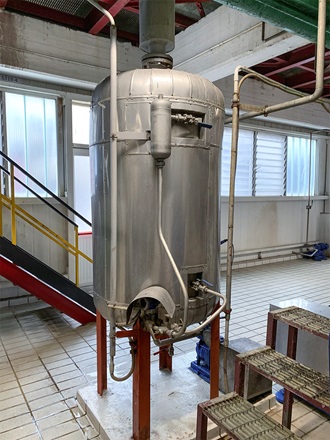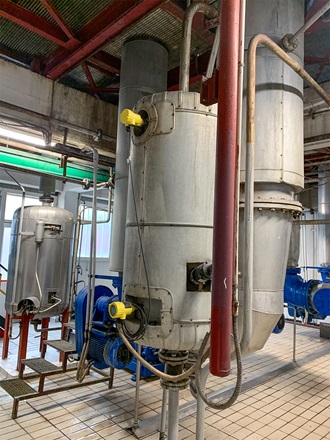Precise measurement critical for the delicate balance in distillation
Bonollo is convinced of the value of the plics® concept, which made installation, setup and commissioning really easy.
The production of grappa requires a great deal of skill and, above all, experience if the product taste and quality are to remain at a high level over many decades. Additionally, the process itself requires solid, reliable technology, for example in the production of tartaric acid. The process conditions must be stable and precisely maintained – VEGA sensors make a significant contribution to this.
Anyone who loves grappa cannot eschew the products of the Bonollo distillery. The distillery Bonollo SpA, with headquarters in Formigine (MO) and production facilities in Anagni (FR) and Torrita di Siena, is one of the most important wine distillation companies in Europe. Founded in 1908, it produces grappa, brandy, ethanol, grape spirits and liqueurs. Bonollo is one of the first producers of Grappa, the exclusive Italian spirit. Grappa is obtained through the distillation of grape skins, using both continuous and discontinuous stills.
Pressure sensors of type VEGABAR 82 monitor the concentration of tartaric acid, an important component of grappa.
Bonollo also produces natural tartaric acid, an inherent component of grape skins, as a separate product. It is used in a wide range of products, from confectionery to baked goods to pharmaceuticals, wine-making and even in the construction industry. Bonollo uses a fully integrated and sustainable processing cycle. Basically, water, sulphuric acid and calcium tartrate are used to extract tartaric acid. The process itself consists of multiple phases, including separation, concentration, crystallisation, centrifugation, drying and sieving.
VEGA sensors are used in the concentration phase. In this phase, the solution is concentrated in vacuum evaporators to obtain a concentration of about 70 percent tartaric acid. The solution is then returned to the containers for a second separation. The decanted solution is then passed through a continuous concentration process until a suspension consisting of crystal and mother liquors containing 90% tartaric acid is obtained. Accurate level measurement is essential for controlling the continuous concentration phases. This is the only way to achieve the desired concentration.
Level measurement with the conventional differential pressure method delivers inaccurate readings
Up until recently, a conventional differential pressure measuring system had been used for level measurement, but it did not work satisfactorily. Let’s not forget: Differential pressure measurement is actually a very reliable method. Two oil-filled chemical seals are installed on the tank, one at the top and one at the bottom, and connected together via an oil capillary.
The challenge with this measuring principle however, its function and accuracy is affected by the ambient conditions. Temperature changes, e.g. caused by sunlight or frost, affect the oil-filled system and have to be compensated for.
Another drawback is that the oil-filled capillary tube is costly to install and also mechanically vulnerable – for example, if the tank is subject to vibration or a forklift brushes past the tank. Setup and commissioning can also prove to be very difficult in some cases.
Using an electronic differential pressure measurement, the installation is simpler, and costs for insulation and electrical trace heating of impulse lines are eliminated,
In the distillery there was another problem that led to measurement inaccuracies. Small crystals kept collecting on the screwed fittings of the capillary. The resulting level measurement was unstable and often inaccurate.
For some years electronic differential pressure measurement has been available. Put simply, this technique replaces the oil-filled tubes with an electric cable. Two sensors (primary device and secondary device) are installed directly at the measuring points and electrically connected to each other. The costly installation of impulse lines is eliminated, as are the costs for the necessary electrical trace heating. Neither ambient temperatures nor strong vibrations have any affect on the measurement, and sensor installation is extremely quick and easy.
Electronic differential pressure measurement with VEGABAR sensors
Electronic differential pressure measurement is totally unaffected by the ambient temperature or vibration.
Installation and start-up went completely without a hitch – Bonollo technicians even carried out setup and commissioning themselves. The company really appreciates that the sensors are easy to work with. This is due to the plics® concept, which employs the same user interface on all instruments. It's already well known in the distillery and has proven its worth. Bonollo has already been using VEGA radar level sensors in a wide variety of applications for over 15 years. TheVEGAPULS 61 and 64 radar level transmitters integral to their instrument portfolio as the VEGAPULS 69, which was installed four years ago.. The latter device is used to measure the levels of pomace pulp and calcium carbonate powder.
Today, level measurement with VEGABAR 82 at Bonollo is stable and reliable. In the tartaric acid production process, the electronic differential pressure measurement functioned perfectly right from the start, immediately after installation, without any additional calibration. It soon became clear that electronic differential pressure measurement with VEGABAR 82 is the ideal solution for this application. Because steam and vacuum conditions have no effect on the measurement system, the level, quality and the concentration of tartaric acid are always reliably controlled.
We need your consentThis content is provided by an external provider. If you activate the content, personal data may be processed and cookies set.
Products
Related industries
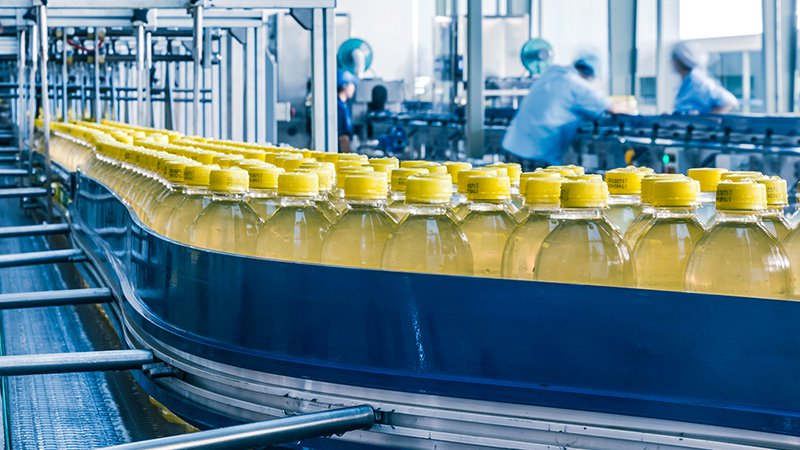
Food industry
Related articles
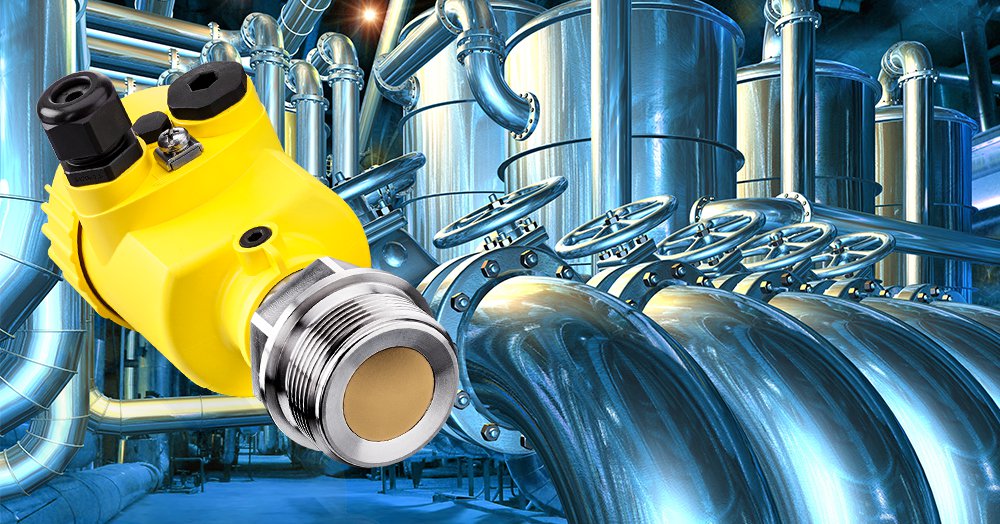
7 good reasons for using pressure transmitters with ceramic measuring cell
Read moreExport this article
Download as PDFShare this article
Comments ({{comments.length}})
{{getCommentAuthor(comment, "Anonymous")}} {{comment.timestamp | date : "dd.MM.yyyy HH:mm" }}
{{comment.comment}}

